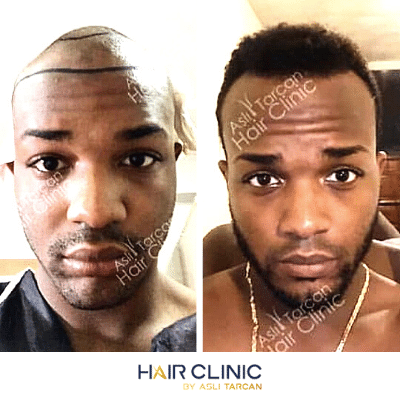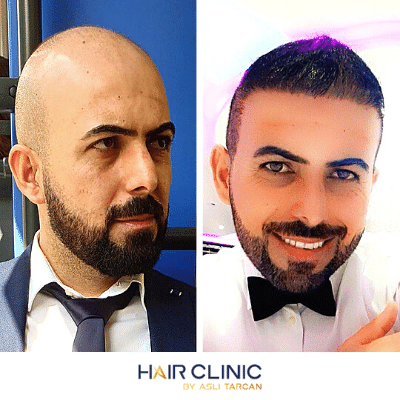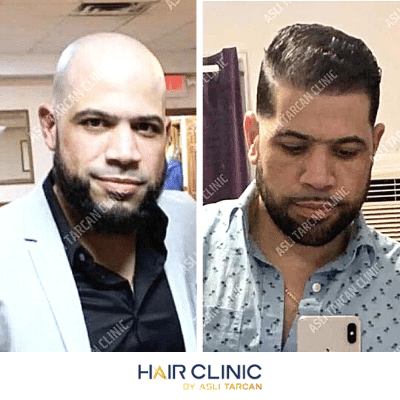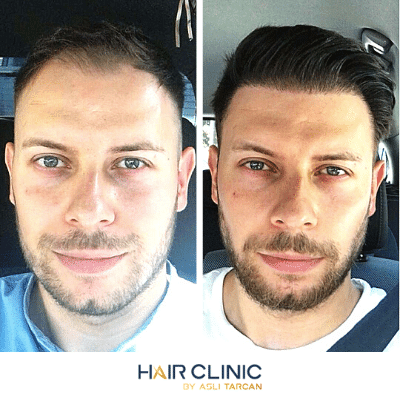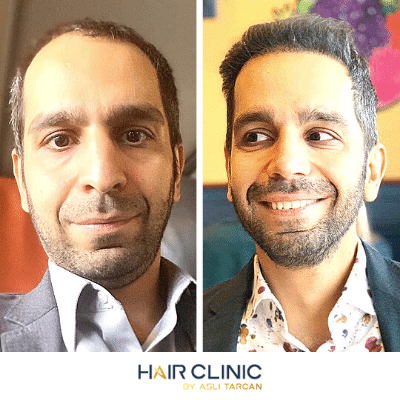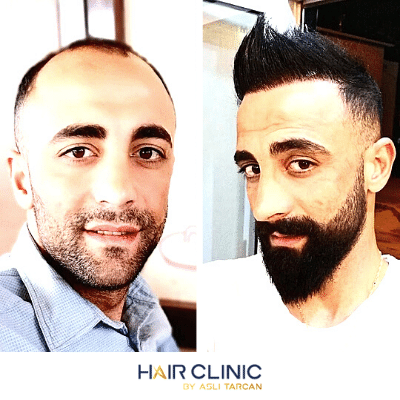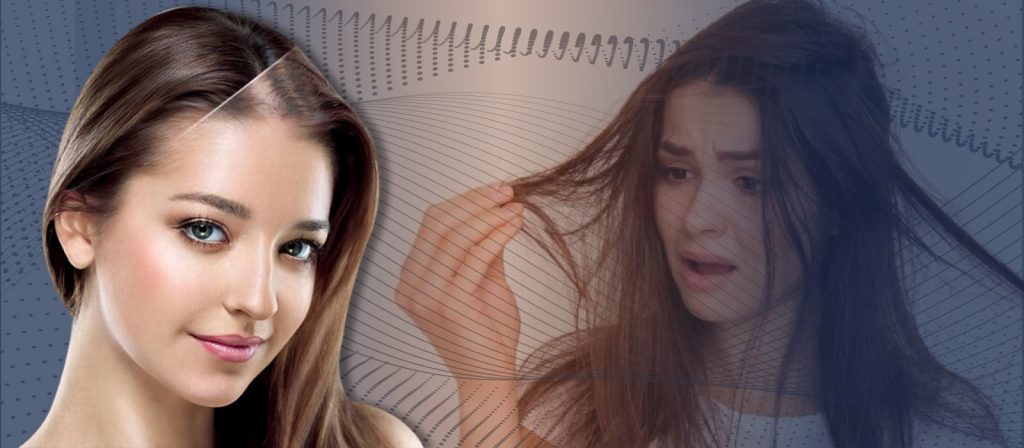
Women Hair Transplant. Hair loss is a common problem among middle-aged people. It’s usually seen in men and they are the ones who generally undergo a hair transplant. But that does not mean that only men experience hair loss.
A lot of women who are experiencing hair loss have started looking for options that naturalize their appearance. Balding and hair loss affects women more than men, because, mostly, women care about their looks more than men. Hair loss can affect them on a psychological level, and it can lead to anxiety and stress.
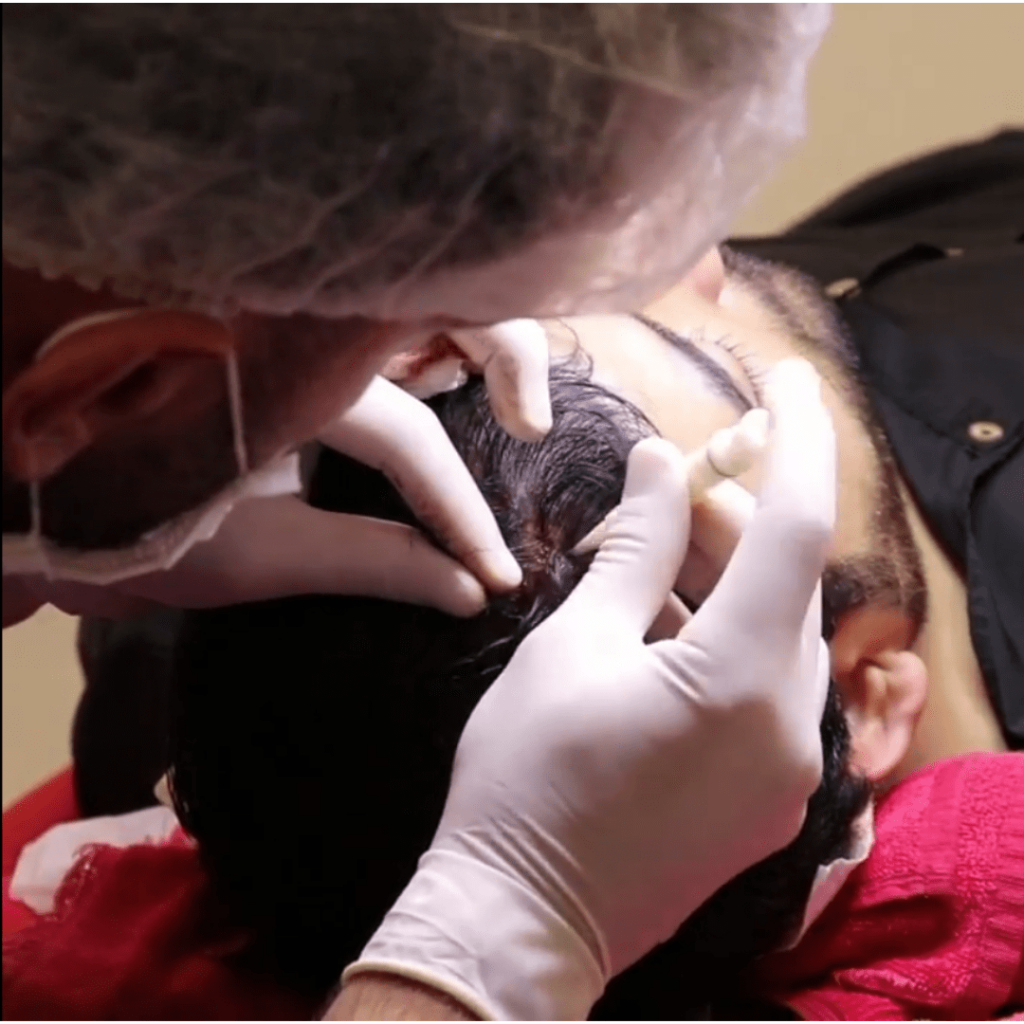

Hair Loss In Women And The Causes of Hair Loss
And these can also cause hair loss. Women around the world who are experiencing hair loss are fighting with conditions like depression. Most of them are unconfident about themselves. The reason why women see this as a big threat is that they reckon hair loss’s a socially unacceptable problem. But it can be fixed successfully with a women hair transplant.
There are a lot of things that cause hair loss in women. Genetic factors have a huge role in balding. If a woman has a lot of family members experience hair loss, she’s most likely to experience it too. Change in hormonal levels is also important. For example, one in four women who are going through menopause are experiencing hair loss. Androgenetic alopecia, also known as female pattern baldness, is the most common cause of hair loss in women. The reason why it is called “female pattern” is that women shed hair in a different pattern than men.
It’s not very different, but it’s not very similar either. It’s transmitted through the genes. Women can shed hair due to the factors like stress and anxiety. Some women lose hair after giving birth. Hair loss happens 6 weeks after the birth. And now, let’s look at the women hair transplant types.
Which Hair Transplant Techniques Are The Best For Women?
Women often hesitate to undergo a hair transplant because of the socially constructed idea that these surgeries only for men. But one should not forget that it is not only performed on men. Women who suffer from hair loss, want to get treatment should consult a hair clinic and speak with a specialist. The doctor should explain the surgery and the potential risks to the patient. Of course, a doctor should take the age, chronic diseases of the patient, the ethnicity etc. into consideration.
After deciding on whether the woman will undergo the surgery or not, the doctor should give information about the technique. There are two techniques usually applied to women who are experiencing hair loss. These are painless surgeries. Also, these surgeries don’t change the appearance of the woman. Most women are very comfortable with undergoing women hair transplant performed with these techniques.
The most used techniques for women hair transplants are the Follicular Unit Extraction technique and Unshaven Hair Transplant. Women’s hairline is very different than men, which is why it needs to be treated differently. Follicular Unit Extraction is mostly preferred because of its advantages. There’s no scar and stitches in this type of hair transplant. It gives a natural look to the patient’s hair. Since there is no use of scalpels and there are no cuts, the recovery period is very short.
The scalp heals very fast. The donor area will turn back to its normal self within two weeks. It’ll look as if there is no surgery done in that area. Unshaven hair transplant is usually done with Follicular Unit Extraction technique. It is popular among women because it also does not require shaving before the surgery. Doctors usually apply these two techniques to treat hair loss in women.
Women Hair Transplant Process (Step by Step)
First, a woman should consult a hair transplant specialist to find out if she’s suitable for a transplant or not. Doctors will run some tests and do examinations to learn more about the patient’s condition. By doing this, doctors will find out which type of hair loss she’s experiencing and decide on the technique. They also make a decision on which medications and anesthesia they are going to use during the surgery. Normally, surgeons don’t shave the whole scalp when performing hair transplant surgeries on women.
They do that because most of the women who are undergoing the surgery don’t want their appearance to change. But in some cases, shaving is necessary. And the doctors ask patients to follow some instructions before surgery. These are the steps that need to be completed before the women hair transplant. Now let’s look at the steps of the surgery and how it’s done.
First, a small part of the hair in the back of the head is shaved. This will be the donor area. Then the surgeon will collect hair follicles from the donor area. The donor area refers to the part of the scalp where the density of hair is high. Generally, surgeons collect hair follicles from there with the help of a tool called a micromotor. A surgeon should be very careful when collecting the hair follicles, to not harm them. Then he/she will clean them with a special solution used for disinfecting hair follicles.
These disinfected hair follicles are placed into the target area (the area where the hair is shedding). These are the steps of a women hair transplant. Local or general anesthesia can be used in this type of surgery. The type of anesthesia can change from patient to patient. It usually depends on the patient’s health conditions.
Recovery Period of Women Hair Transplant
Doctors usually advise patients to stay at home and rest for the first week after the hair transplant. So, if possible, a woman can take a week off from work to heal fast. It’s important to protect the transplanted area from external factors. For example, the patient should not stay under the sun, since the sun rays will harm the area. And this can cause sweating, which is also very bad for the success of the women hair transplant. Patients should avoid doing physical activities because they may harm the area while doing sports or exercises.
A patient shouldn’t wear berets or things like that. It prevents the scalp from getting air. Combs shouldn’t be used for a week or two, to not disturb the scalp. The advice and the instructions given by the doctors are very important. These instructions should be followed strictly if someone wants to heal quickly.
Healing is quick in women hair transplants. A patient should not wash her hair for 2 to 3 days. She should only use solutions, creams, and shampoos that the doctor advised her to use. And she should wash her hair very gently in this recovery period. The hair that is transplanted will start to fall 3 weeks after the surgery. This is called shock hair loss and that usually happens after hair transplant surgeries. It’s normal. The fourth month following the surgery will be the month the hair starts to grow again.
After a year, the woman will have hair that will look very natural. In that month, the woman will see the difference in her hair. If the doctor prescribed some medications for the patient, she should take them regularly to heal fast. The recovery period will be painless and quick if she follow all of these instructions carefully.
Advantages of Women Hair Transplant
A hair transplant is a permanent solution for women who are experiencing hair loss. There are a lot of treatments used to cure baldness but the most effective one is a hair transplant. Medications or solutions aren’t as effective as women hair transplant surgery. It also gives the hair a more natural look than the other treatments. It boasts a woman’s self-confidence, and it enables her to feel better. The results are also very successful. In hair transplant surgery, grafts can be implanted in any frequency.
There are tools with different diameters, which enables doctors to do that. It’s much cheaper to undergo surgery than to constantly buy medications to stop the hair loss. A woman can think medications will be less expensive but if you have to use them for years, it’s not. With a hair transplant, you’ll have more money left in your pocket in the long run.
These surgeries are painless. And there are no scars or stitches, so your scalp will be good as new after the hair transplant. Since hair transplant surgeries are applied under local or general anesthesia, a patient won’t feel any pain during the surgery. The transplant will be completed within a few sessions. Another great advantage of women hair transplant is that the recovery period is very short. A patient will heal in a very short time. That means that she will be able to turn back to her normal life very fast.
She can continue to her tasks and work comfortably. But one should keep in mind that she needs to get her doctor’s permission before doing all those things. The advantages of hair transplants outnumber the disadvantages. But since almost everything has negative sides, hair transplant has some disadvantages too. These disadvantages will be explained in the following sub-title.
Disadvantages of Women Hair Transplant
There are disadvantages of women hair transplants, but these are thin on the ground. Some women may not be satisfied with the outcome of the surgery. If the hair transplant is done by a doctor who isn’t experienced in this field, surgery can be a failure. Surgery needs to be planned and performed carefully to eliminate bad outcomes. If a doctor collects more hair follicles from the donor area than needed, the area will look unnatural. A doctor should pay attention to that.
The doctor should collect the hair follicles correctly and place them into the target area in the right direction. Otherwise, the surgery will be nothing but a useless attempt. If these things we mentioned aren’t taken into account, they can create disadvantages. Experienced surgeons already know all these and they’re very careful about it. So, it will be better for you to let them operate you.
Bleeding may occur after a hair transplant. There may be swelling on the scalp, but this is nothing to be afraid of. That’s normal after a transplant. Sometimes, the surgery can affect the eyes, it can cause bruising around the eyes. Crusting may occur in the area where the hair is transplanted into. There can be an infection around the area, if that happens, consult your doctor. They will prescribe some medications for it to heal. These things can also be called side effects of a women hair transplant.
They can also be disadvantages for the patient if she can’t take care of herself and the scalp after surgery. A patient should be careful about everything. She should choose the doctor who will perform the surgery carefully, the surgeon should be a highly skilled one. She should follow the instruction the doctor gave to prevent disadvantages and keep herself healthy.
Who Can and Cannot Be A Good Candidate For A Women Transplant?
The number of women who undergo a hair transplant is not as many as men. The reason for this is that women have different hairlines than men. This sometimes makes it harder for surgeons to operate on women. So, women with healthy hair follicles and a healthy scalp are usually the best candidates for a hair transplant. Women who have used accessories that disturbs the scalp will not be great candidates for the hair transplant. And women who constantly tie their hair uptight will harm their hair roots and scalp.
These women will not be the best candidates either. Women who have taken good care of their scalp will be the ones that can undergo a hair transplant. But the best is to consult a hair clinic to find out if you’re suitable for the women hair transplant. They are the ones to make a decision on that matter.




